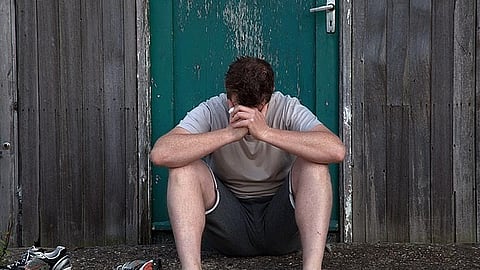By Cheryl Platzman Weinstock
If you or someone you know may be experiencing a mental health crisis, contact the 988 Suicide & Crisis Lifeline by dialing “988,” or the Crisis Text Line by texting “HOME” to 741741.
Aimee Quicke has made repeated trips to emergency rooms, hospitals, behavioral health facilities, and psychiatric lockdowns for mental health crises — including suicidal thoughts — since she was 11.The 40-year-old resident of Le Mars, Iowa, has bipolar and obsessive-compulsive disorders. “Some of the visits were helpful and some were not,” she said. “It was like coming in and going out and just nothing different was happening.”Then she heard about Rhonda’s House, a rural peer respite program that opened on the other side of the state in 2018, through acquaintances in her community.


